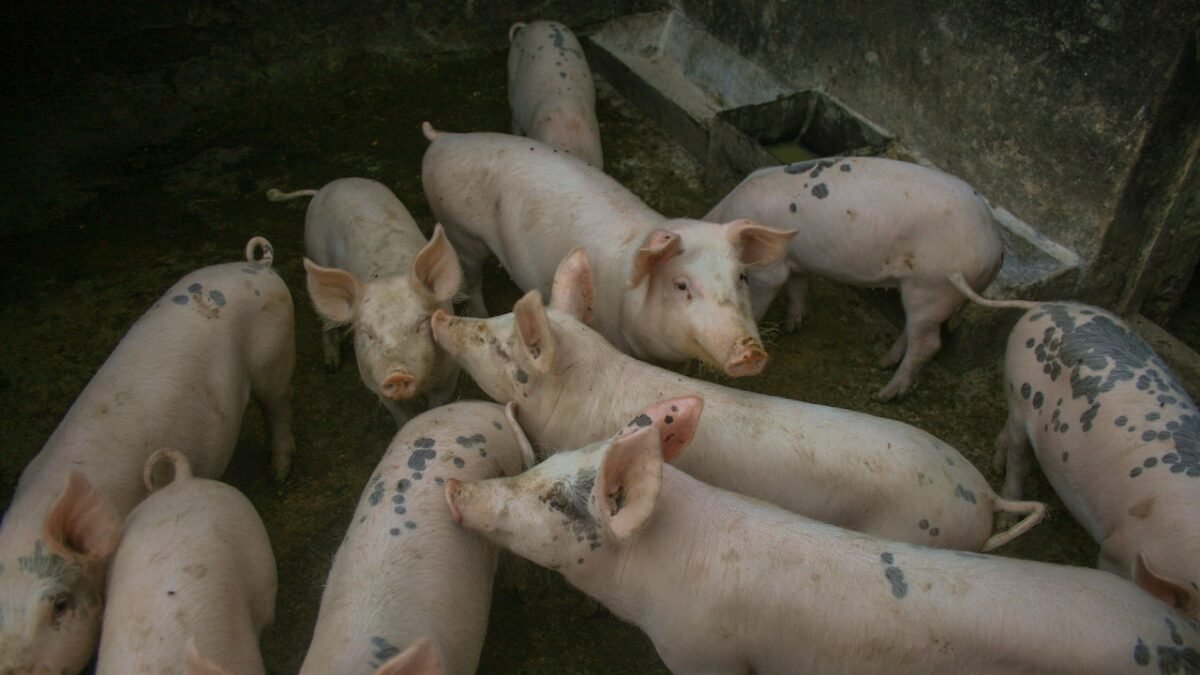Disclosure: Small Business Philippines strives to provide relevant and accurate information in all its articles. However, some information in our articles may differ or might be outdated from what you can see or read directly from the establishments’ or businesses’ websites. Please get in touch with us directly for any discrepancies.
A piggery is a facility where pigs are raised for various purposes, such as meat production or breeding. In the Philippines, piggeries have gained popularity as a profitable agricultural venture. This guide will walk you through the process of how to start a piggery business, covering everything from why it’s a viable option to the practical steps involved.
Why Start a Piggery Business?
There are several reasons why starting a piggery business in the Philippines can be a lucrative venture. Firstly, pork is a staple in Filipino cuisine, ensuring a consistent demand. Additionally, pork consumption is expected to rise due to population growth and changing dietary preferences. By tapping into this market, you can capitalize on the increasing demand for pork products.
When and Where to Establish Your Piggery
Timing and location are crucial factors when setting up a piggery. Consider the seasonality of pig farming, as it may affect breeding and market availability. When choosing a location, ensure access to essential resources like water, electricity, and transportation. Additionally, consider proximity to potential customers, suppliers, and markets to minimize logistics costs.
How to Start a Piggery Business 8 Easy Steps
Step 1: Acquiring Knowledge and Skills
Before diving into the piggery business, it’s essential to gain knowledge and skills related to pig farming. Familiarize yourself with pig breeds, feeding techniques, health management, and market trends. Attend seminars, and workshops, or seek guidance from experienced pig farmers to enhance your understanding.
Step 2: Business Planning
Develop a comprehensive business plan that outlines your goals, target market, financial projections, and marketing strategies. This plan will serve as a roadmap for your piggery business and aid in securing funding from potential investors or financial institutions.
Step 3: Securing Capital
Determine the capital required to start your piggery and explore funding options. You can opt for personal savings, bank loans, government grants, or partnerships. Ensure you have sufficient funds to cover initial investments, such as land, construction, equipment, and initial livestock purchase.
Step 4: Facility and Equipment Setup
Construct or renovate your piggery facility according to industry standards and government regulations. Design the pig pens with proper drainage, ventilation, and adequate space for the pigs to move comfortably. Purchase essential equipment like feeders, waterers, and waste management systems to ensure efficient operations.
Step 5: Sourcing Quality Breeds
Selecting high-quality pig breeds is crucial for a successful piggery. Consult with reputable suppliers or breeders to acquire healthy and genetically superior piglets or breeding stock. Properly assess the health and genetic background of the pigs before making a purchase.
Step 6: Feeding and Nutrition
Develop a well-balanced feeding program that meets the nutritional needs of your pigs at different stages of growth. Consult with nutritionists or veterinarians to formulate a cost-effective and nutritious diet using locally available feed ingredients. Monitor the pigs’ weight and adjust the feed accordingly.
Step 7: Health Management
Implement a comprehensive health management plan to prevent and control diseases in your piggery. This includes regular vaccinations, deworming, and practicing biosecurity measures to minimize the risk of disease transmission. Consult with veterinarians for guidance on disease prevention and treatment.
Step 8: Marketing and Sales
Create a marketing strategy to promote your pork products. Establish partnerships with local markets, restaurants, hotels, and supermarkets to secure reliable buyers. Utilize online platforms, social media, and traditional advertising methods to reach a wider audience. Build a strong brand image by emphasizing the quality and traceability of your products.
Tips for Success in the Piggery Business
- Continuously educate yourself about the latest trends and innovations in pig farming.
- Establish good relationships with suppliers, customers, and industry experts.
- Regularly review and update your business plan to adapt to changing market conditions.
- Implement efficient record-keeping systems to monitor expenses, revenues, and pig performance.
- Stay updated on government regulations and comply with animal welfare standards.
Key Takeaways
Starting a piggery business in the Philippines requires careful planning, knowledge, and dedication. By understanding market demands, following proper procedures, and implementing effective management practices, you can build a successful and profitable venture. Take advantage of the growing demand for pork products, and with perseverance and commitment, your piggery business can thrive.
Remember, starting a piggery business is a long-term commitment, and success will require continuous learning, adaptability, and hard work. Take the first step today and embark on this rewarding entrepreneurial journey!
Start your piggery business today and capitalize on the growing demand for pork products in the Philippines. With our comprehensive guide, you have all the tools and knowledge to succeed. Take action now and build a thriving piggery business!



